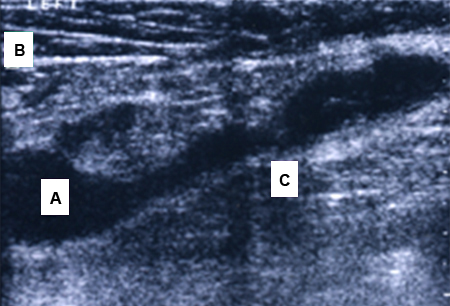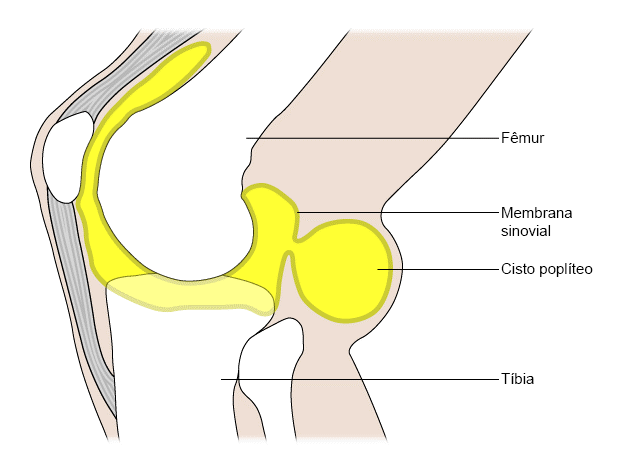Resumo
Definição
História e exame físico
Principais fatores diagnósticos
- presença de fatores de risco
- protuberância poplítea
- dor no joelho
- edema dos membros inferiores
- sensibilidade à palpação da panturrilha
Outros fatores diagnósticos
- equimose da panturrilha
Fatores de risco
- trauma da articulação do joelho
- artrite ou sinovite subjacente do joelho
- infecção subjacente da articulação do joelho
- idade mais avançada
Investigações diagnósticas
Primeiras investigações a serem solicitadas
- ultrassonografia duplex da perna
Investigações a serem consideradas
- RNM da perna
- TC da perna
- radiografia do joelho
Algoritmo de tratamento
assintomático
sintomático: tratamento inicial
sintomático: refratário ao tratamento conservador inicial
Colaboradores
Autores
John D. Kelly IV, MD
Professor of Clinical Orthopaedic Surgery
Director of Sports Shoulder Service
Orthopaedic Surgery
University of Pennsylvania
Philadelphia
PA
Declarações
JDK declares that he has no competing interests.
Agradecimentos
Dr John D. Kelly IV would like to gratefully acknowledge Dr Antonios P. Gasparis and Dr Nicos Labropoulos, previous contributors to this topic.
Declarações
APG declares that he has no competing interests. NL is the author of multiple references cited in this topic.
Revisores
Brian Sabb, DO
Clinical Lecturer II
Orthopedic Radiologist
Department of Radiology
University of Michigan Medical Center
Ann Arbor
MI
Declarações
BS declares that he has no competing interests.
Hill Gaston, MA, PhD, BM BCh, FRCP, FMedSci
Professor of Rheumatology
University of Cambridge
Clinical Director
West Anglia CLRN
Cambridge
UK
Declarações
HG declares that he has no competing interests.
Richard Wakefield, BM, MRCP, MD
Senior Lecturer in Rheumatology
Academic Section of Musculoskeletal Disease
Leeds Institute of Molecular Medicine
Chapel Allerton Hospital
Leeds
UK
Declarações
RW declares that he has no competing interests.
Créditos aos pareceristas
Os tópicos do BMJ Best Practice são constantemente atualizados, seguindo os desenvolvimentos das evidências e das diretrizes. Os pareceristas aqui listados revisaram o conteúdo pelo menos uma vez durante a história do tópico.
Declarações
As afiliações e declarações dos pareceristas referem--se ao momento da revisão.
Referências
Principais artigos
Labropoulos N, Shifrin DA, Paxinos O. New insights into the development of popliteal cysts. Br J Surg. 2004;91:1313-1318. Resumo
Chatzopoulos D, Moralidis E, Markou P, et al. Baker's cysts in knees with chronic osteoarthritic pain: a clinical, ultrasonographic, radiographic and scintigraphic evaluation. Rheumatol Int. 2008 Dec;29(2):141-6. Resumo
American College of Radiology. ACR appropriateness criteria: chronic knee pain. 2018 [internet publication].Texto completo
Artigos de referência
Uma lista completa das fontes referenciadas neste tópico está disponível para os usuários com acesso total ao BMJ Best Practice.

Diagnósticos diferenciais
- Trombose venosa profunda (TVP)
- Hematoma poplíteo
- Laceração do músculo poplíteo
Mais Diagnósticos diferenciaisDiretrizes
- Appropriateness criteria: chronic knee pain
Mais DiretrizesConectar-se ou assinar para acessar todo o BMJ Best Practice
O uso deste conteúdo está sujeito ao nosso aviso legal
